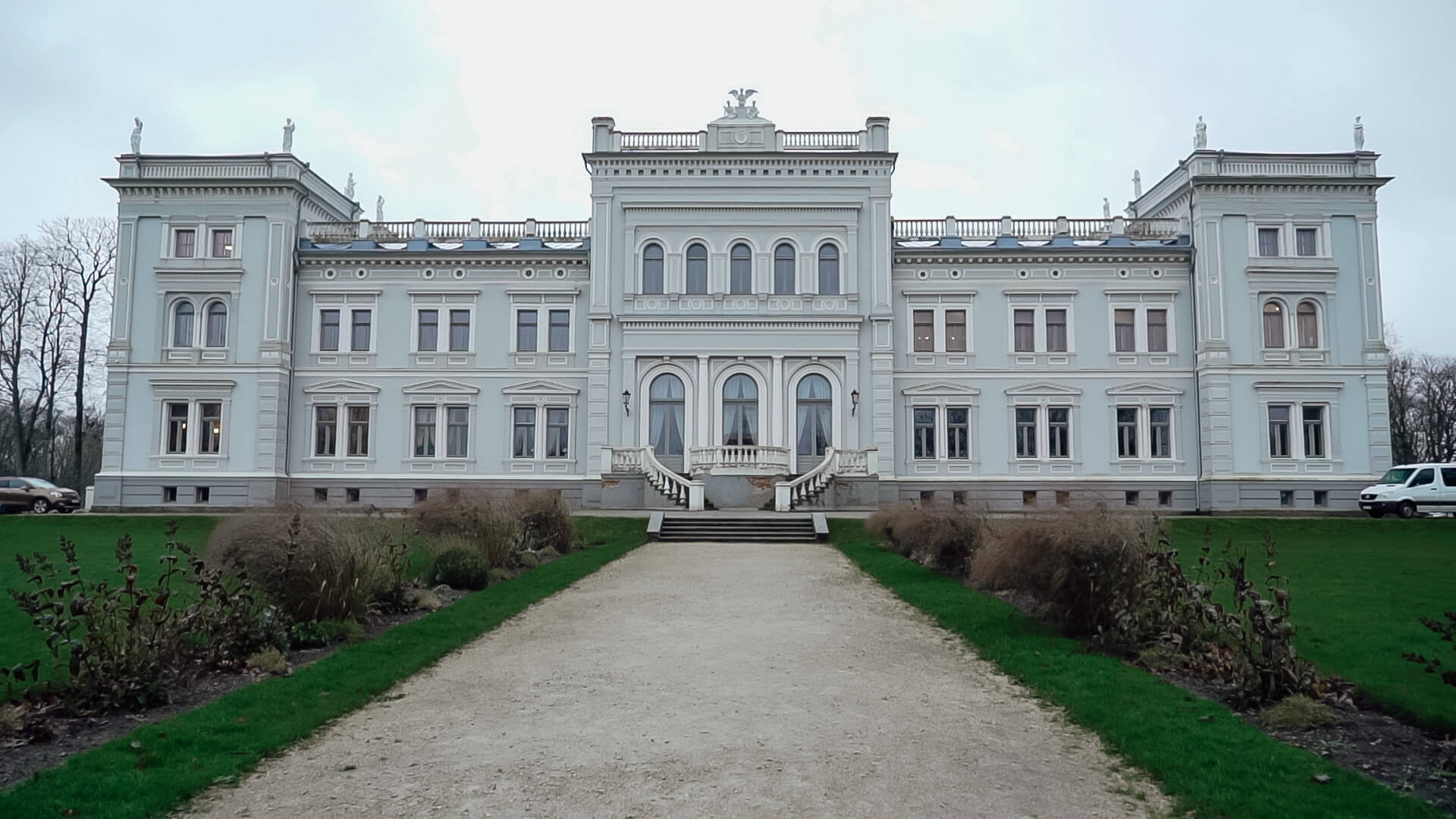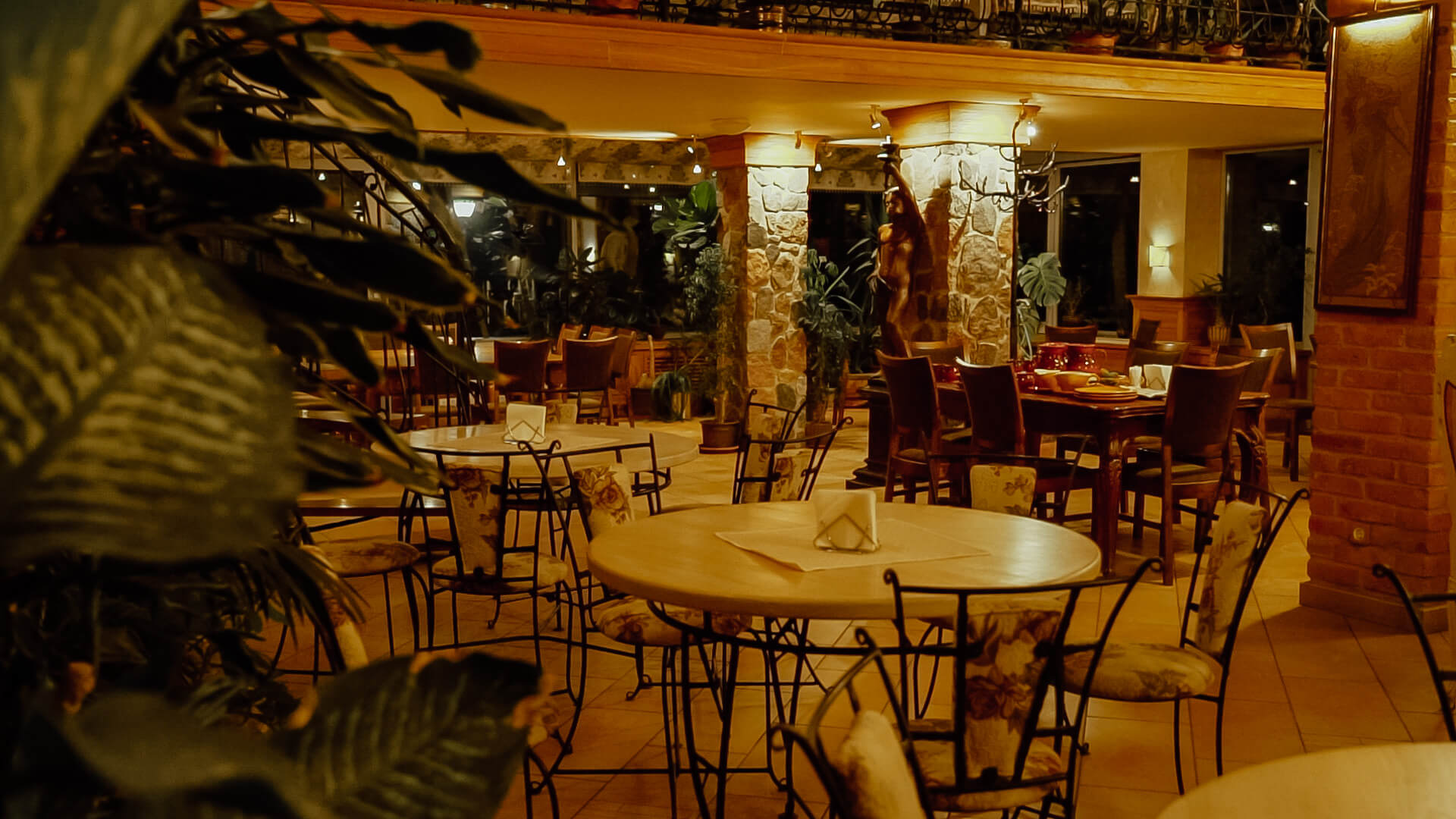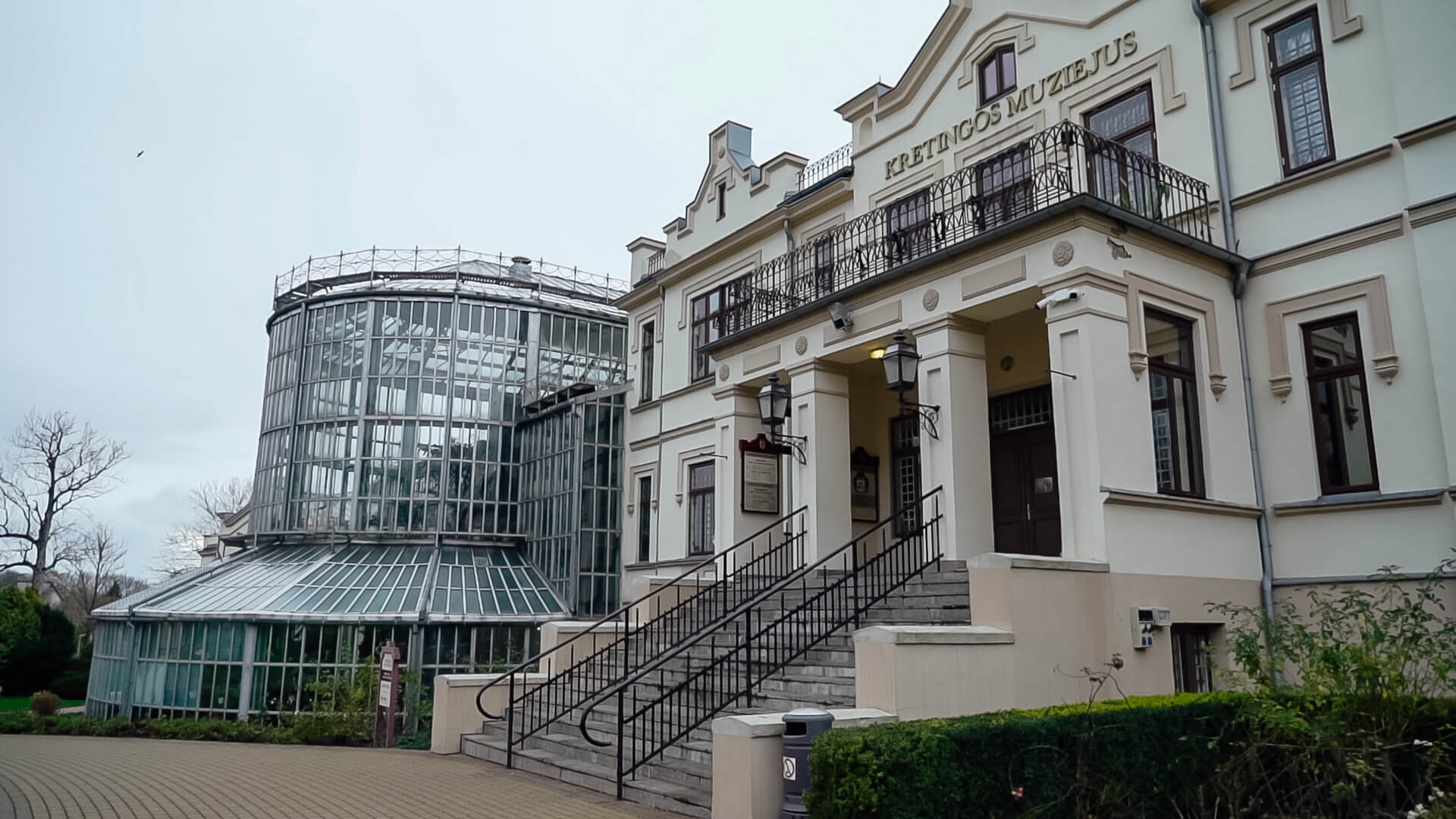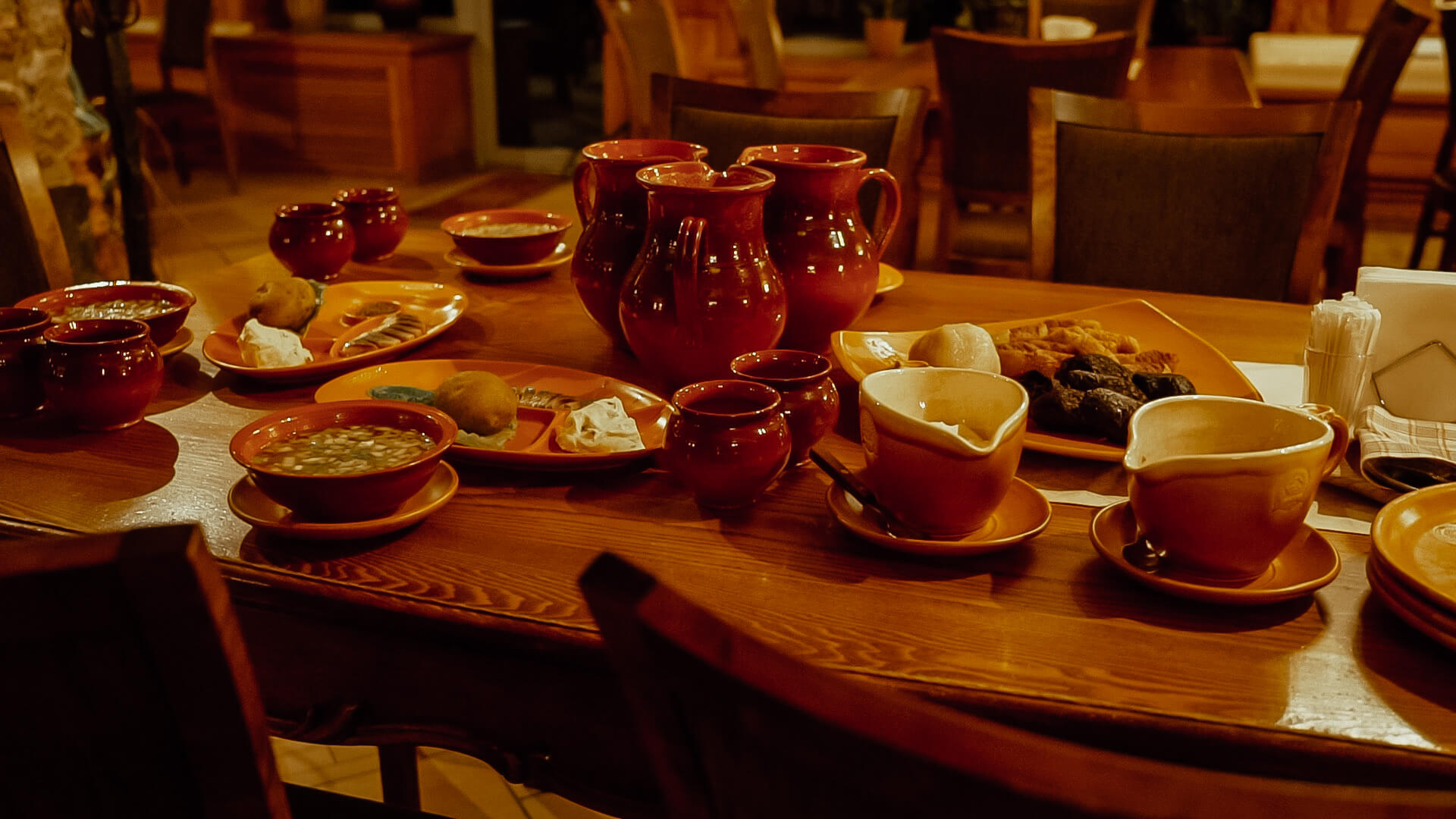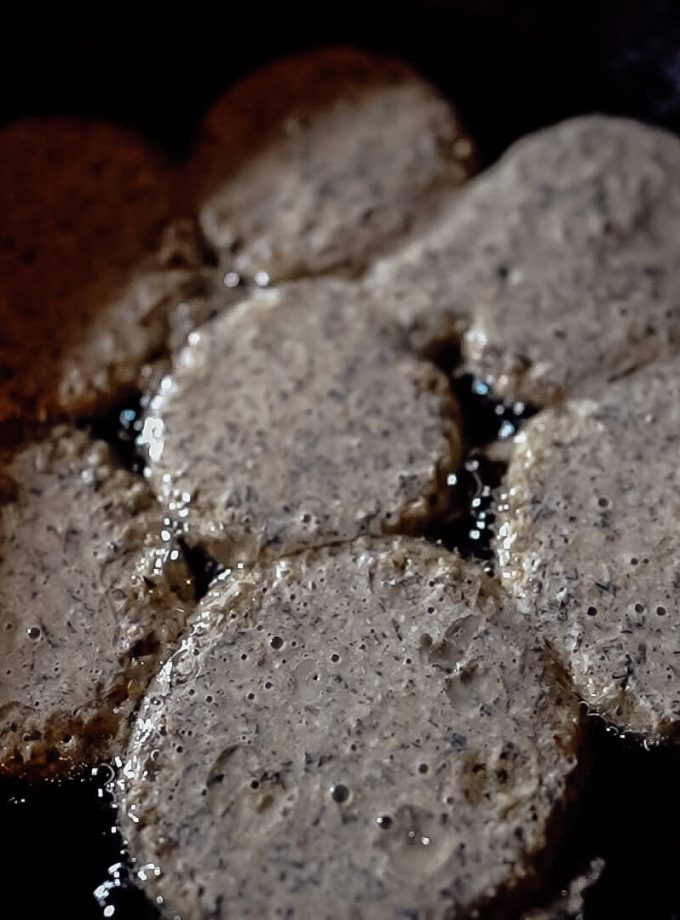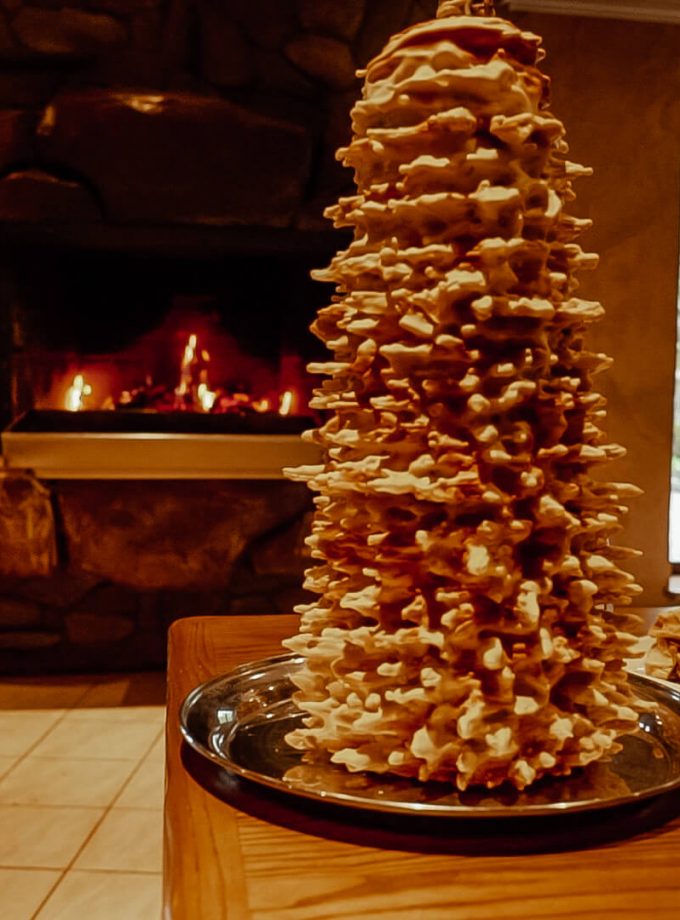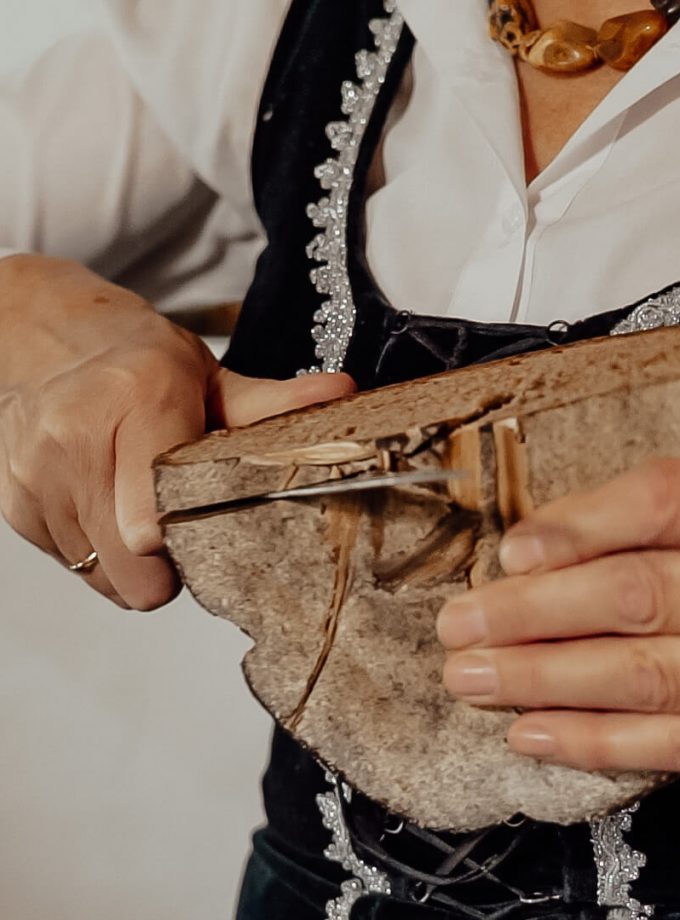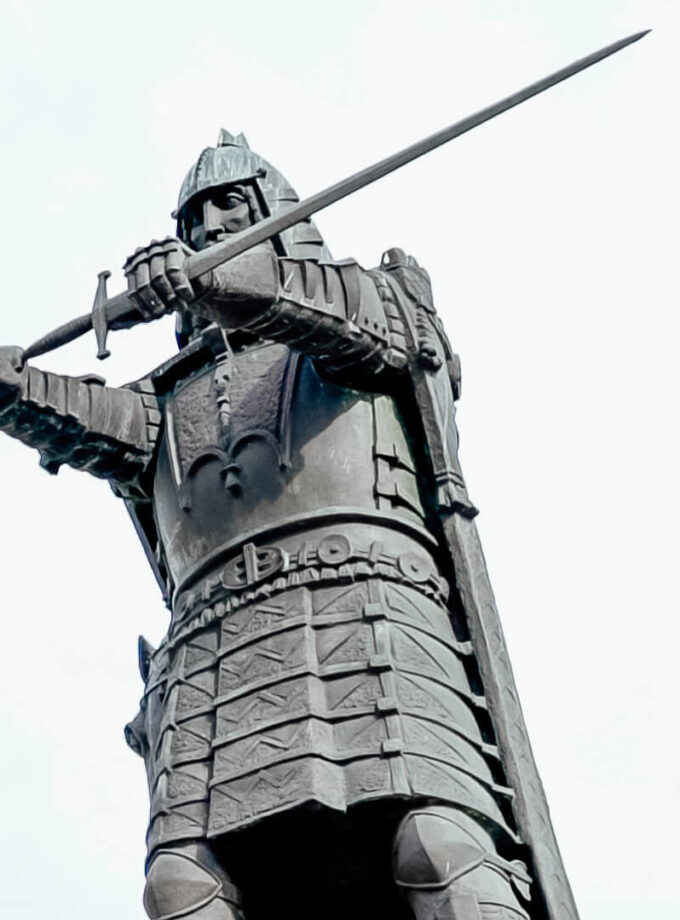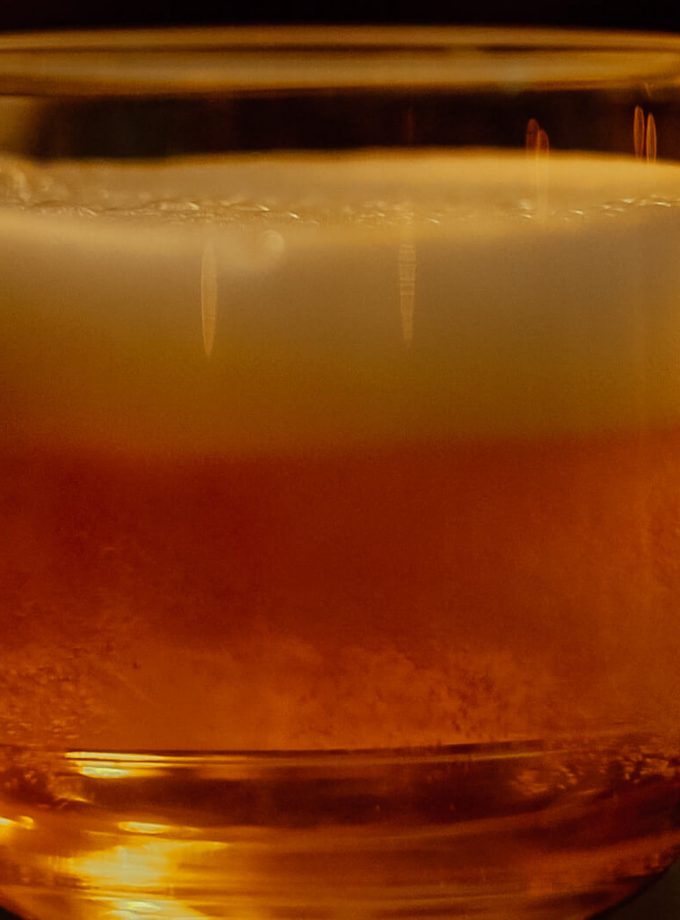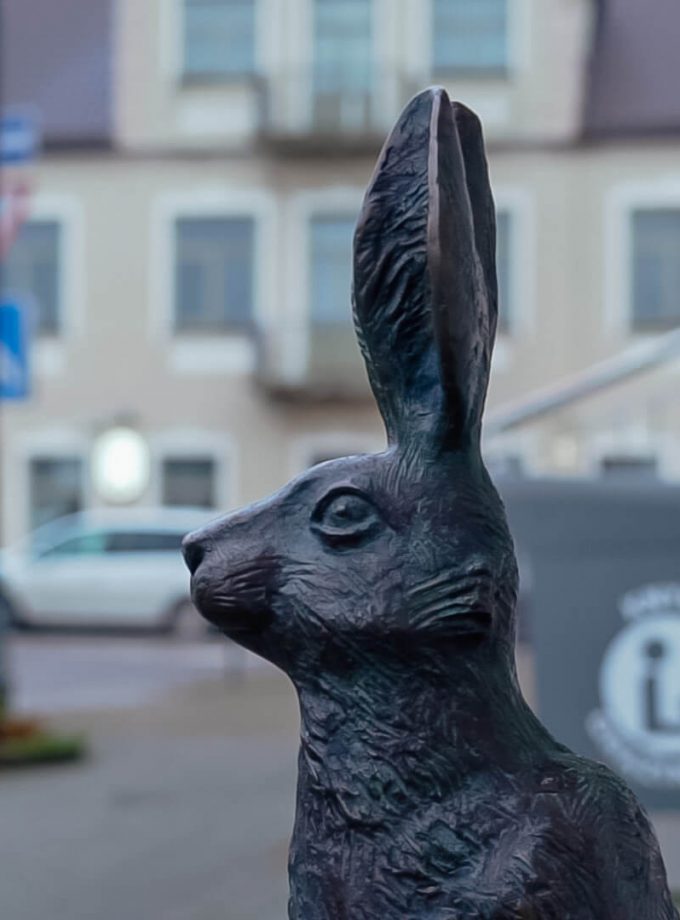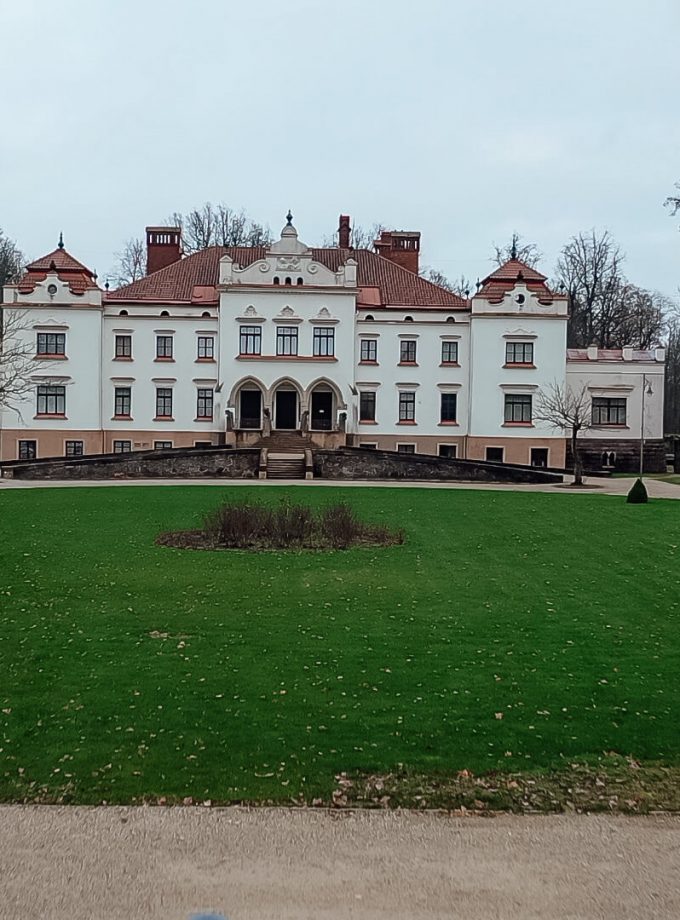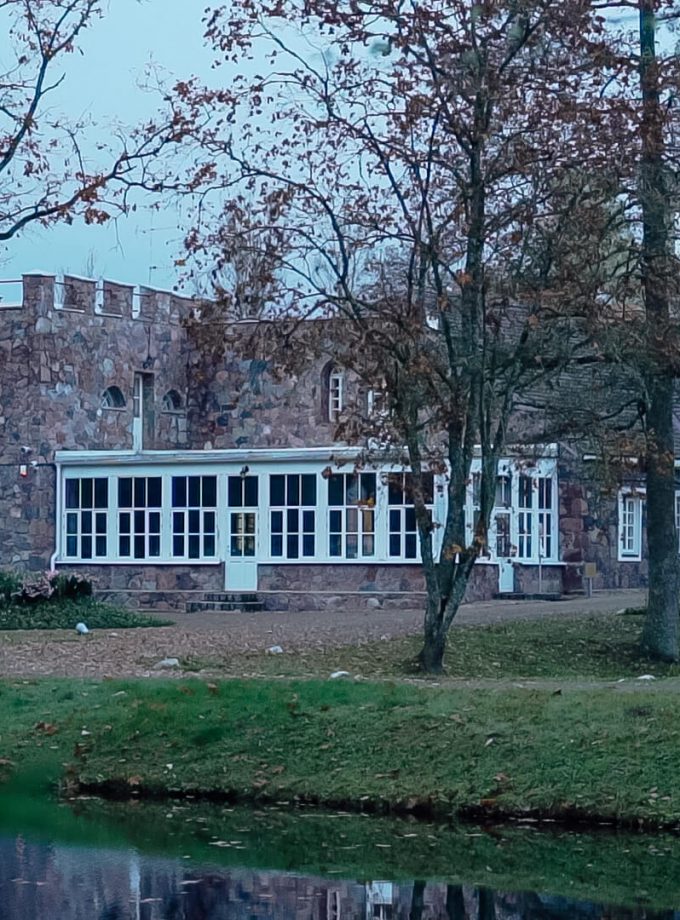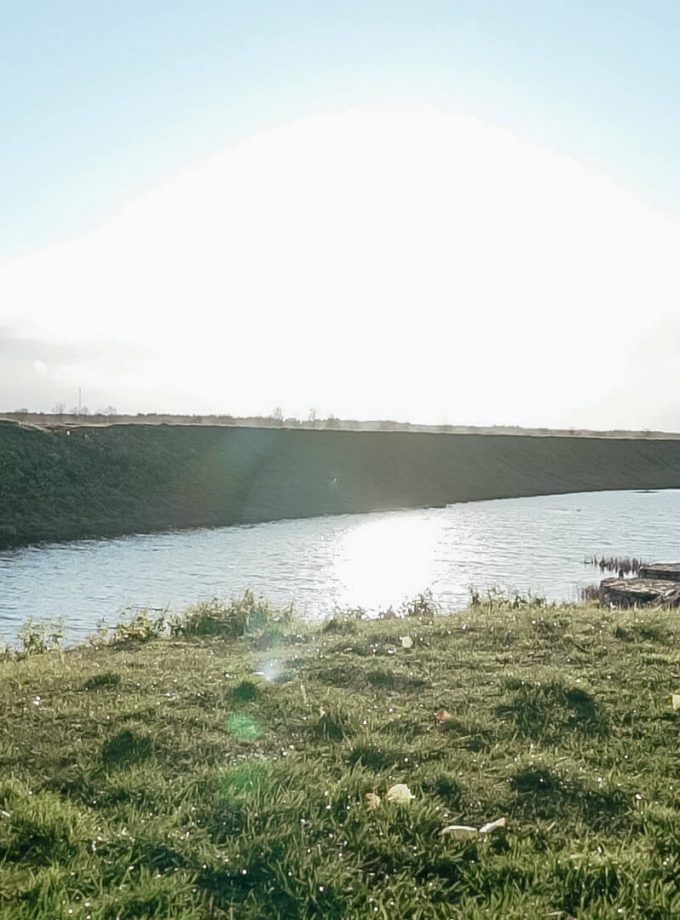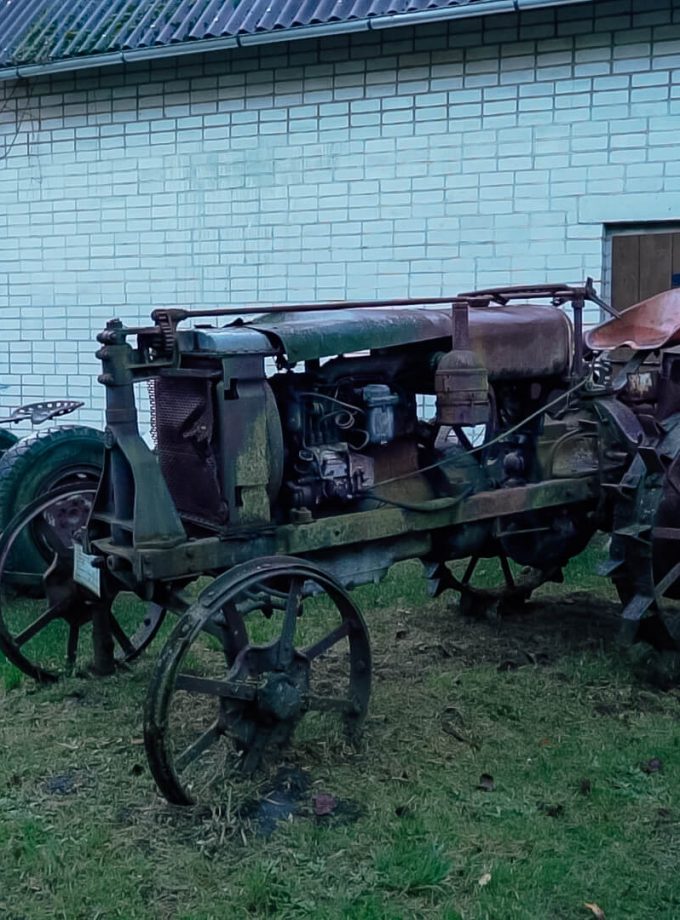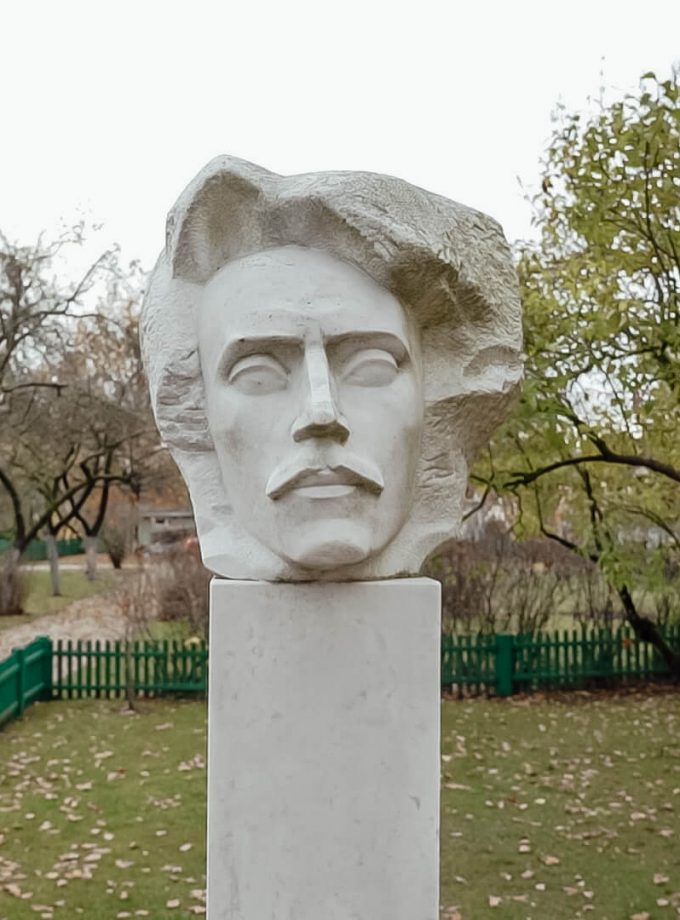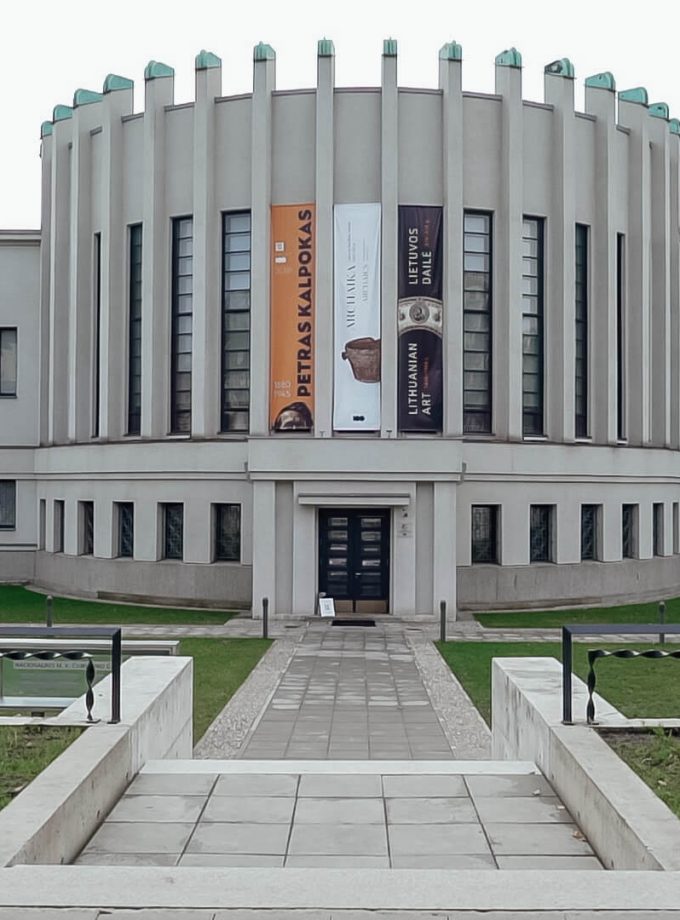Tasting tour: Strong as a Samogitian, full as a Samogitian
Samogitians are said to be stubborn and loyal people. Throughout its long and militant history and at the latest, the baptized people of this region, like nature, are unique and exceptional. Samogitia is rich in people living here, nature, cultural and historical heritage.
We start our journey around Samogitia from a small but interesting Samogitian city – Rietavas. From a distance we will see the tower of his church. Even in the absence of a lover attending churches, vrta would go inside her and raise her eyes up to where the chandelier hangs. It is history because it was the first time in Lithuania that an electric carpet shone. 1881 When Tom Edison invented the light bulb, immediately after 11 years the light bulb also shone in Rietavas, and from here the electric lighting started to spread all over Lithuania. Here we will visit the park of Count Oginskiai manor, the entrance gate of which is marked with two lion sculptures and learn about the life of these counts.
We will also get acquainted with the legacy of Counts Oginskis in Plungė manor, surrounded by a beautiful park. Duke Mykolas Oginskis built the current manor house in 19 century. Since then, Plungė manor has survived a real golden age. Continuing the musical traditions of the Oginskis family, the duke had established a manor orchestra school here, where the artist and composer Mikalojus Konstantinas Čiurlionis studied. It is also worth visiting the watch-conservatory. It is the oldest surviving manor house and the oldest brick building in Plungė. This building is like a miniature copy of the Palazzo Vecchio in Florence.
The town is also inseparable from St. St. John the Baptist Church. This is the main accent of Plungė Old Town, which adds great value to the city. Its construction took as long as three decades. This is one of the most important examples of neo-Romanesque architecture in Lithuania.
Climbing to the Siberian observation tower, we will admire the largest and deepest lake in Samogitia – Plateliai. From here you can also see Lake Beržoras and the Siberian Swamp – one of the most valuable swamps in the Samogitian National Park, Beržoras village and other areas of Samogitia.
Let’s descend from heights to one of the most secret and most protected places in the former Soviet Union, it’s an underground ballistic missile launch complex. It is the only exposition in Europe installed in one of the first underground ballistic missile launch complexes of the first Soviet Union. The Cold War Museum is now located here. The indifferent historical exposition tells of the Cold War that lasted for five decades. 4 SS-4 medium-range ballistic missiles were deployed here, armed with 2 MT thermonuclear warheads. All missiles were aimed at Western European cities. These missiles, together with the nearby ground-based launch sites of analogous missiles, formed a common group of Soviet nuclear weapons in Lithuania, which was capable of destroying the whole of Europe!
It is necessary to get acquainted with the culinary heritage of Samogitia. We invite all those who like to eat delicious and hearty meals and accumulate unreal experiences to participate in the tasting of HBH Samogitian cuisine. We will hear the story of the origin of the dishes and have fun in the company of a real Samogitian guide, which will not leave you indifferent. We will taste meals that we have never tasted in our lives. Worth to attend!
At the end of the trip we will visit the city of Kretinga. Legend has it that the famous soldier Jonas Karolis Chodkevičius promised before an important battle with the Swedes: if he won, he would build a church in Kretinga. He won in March, and a church, or rather a small wooden church, was erected in Kretinga. This outraged J. K. Chodkevičius that the church must be magnificent, brick. Therefore, a brick church soon erected on the other side of the Akmena River. It is one of the oldest surviving Gothic and Renaissance churches in Samogitia, where St. The altar of Antanas, and the members of the Chodkevičius family are buried under the central altar.
One of the features of Kretinga city is the reconstructed manor of Counts Tiškevičius and an impressive winter garden. The museum located in the manor is rich in archeological values and works of art, as well as other exhibits. When visiting the winter garden-conservatory, you can see 5,000 exotic plants, including real banana bushes, and maybe even smell their ripening fruit.

